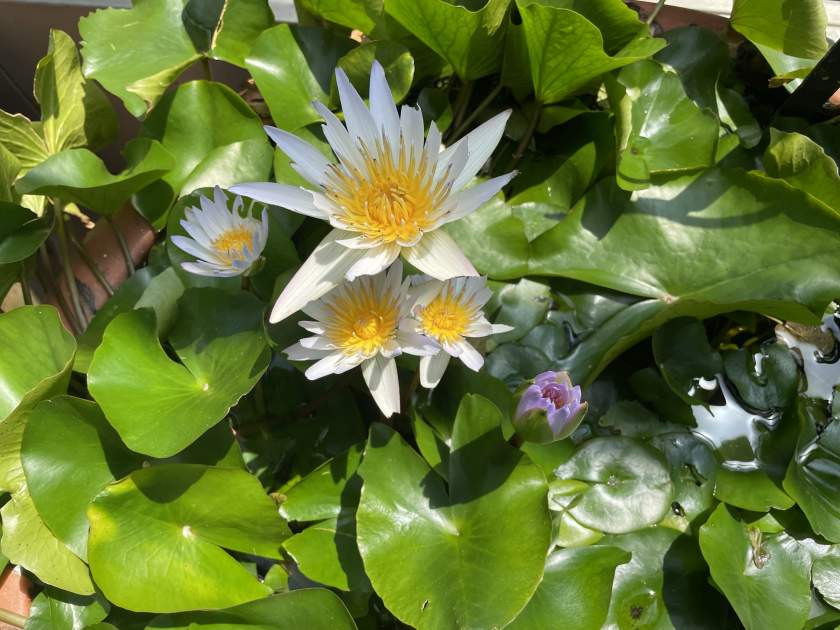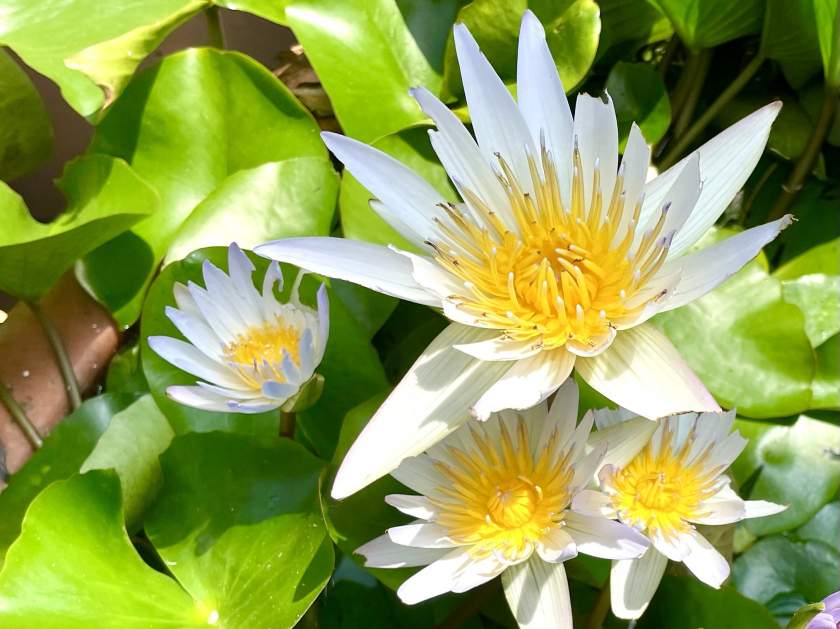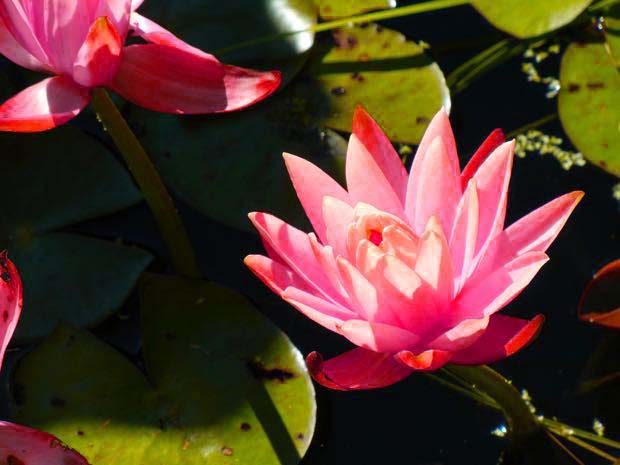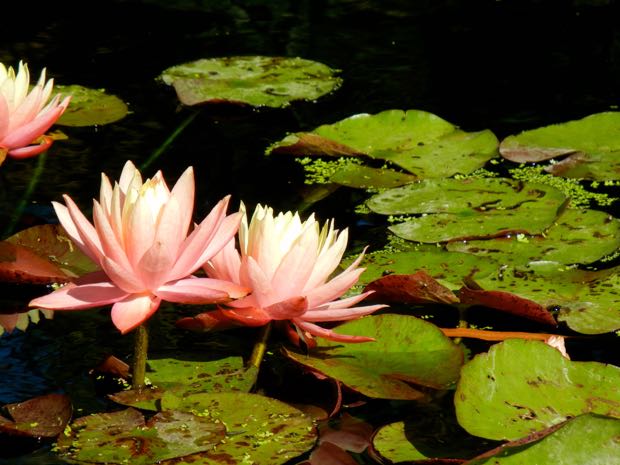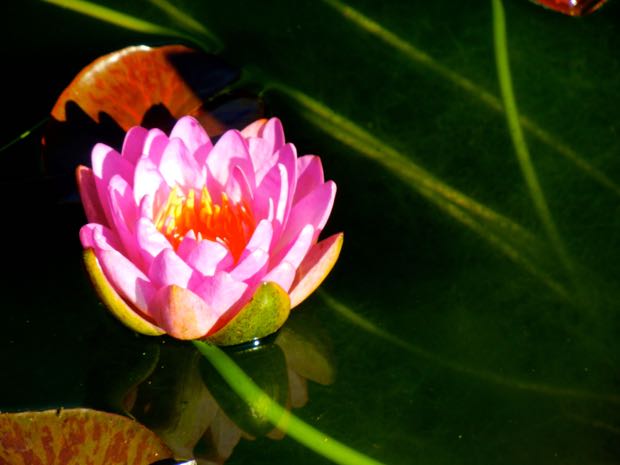Nymphaea ‘Daubenyana’: A Striking Water Lily for Tropical Gardens
Nymphaea ‘Daubenyana’ is an exquisite water lily species that originates from tropical regions of Africa, including the Nile River and Lake Victoria. This captivating plant, named after Charles Giles Bridle Daubeny, a renowned botanist and horticulturist from England, adds a touch of elegance to any water garden or aquatic plant collection. It is part of the Nymphaeaceae family of plants.
Characteristics
Nymphaea ‘Daubenyana’ is renowned for its stunning white or pink flowers, delicately held above the water on long stalks. These blooms emit a sweet fragrance, attracting pollinators such as bees and butterflies to the garden. The rounded green leaves of Nymphaea ‘Daubenyana’ provide a beautiful contrast to the delicate flowers, enhancing its overall aesthetic appeal.
Cultivation of Nymphaea ‘Daubenyana’:
To successfully cultivate Nymphaea ‘Daubenyana’ in your water garden, it is important to provide the ideal growing conditions. The following subsections outline key aspects of its cultivation:
Sunlight: Nymphaea ‘Daubenyana’ thrives in full sun but can tolerate partial shade. It is recommended to position the plant in a pond or water garden that receives at least 6 hours of direct sunlight per day. This ensures optimal growth and blooming.
Watering: Regular watering is essential for Nymphaea ‘Daubenyana’, particularly during the hot summer months when the water level may evaporate. It is important to maintain the water level at least 6 inches below the rim of the pot or basket to ensure the plant’s healthy growth.
Soil Type: Nymphaea ‘Daubenyana’ can be grown in a variety of soil types, including gravel, clay, sand, and dirt. However, it is crucial to keep the water clean and free of debris to maintain the plant’s overall health.
Fertilizer: Regular fertilization is vital for Nymphaea ‘Daubenyana,’, especially during the active growth period in spring and summer. Use a water lily fertilizer specifically designed for water lilies to provide the necessary nutrients for healthy growth and vibrant blooms.
Pests and Diseases: Nymphaea ‘Daubenyana’ is generally resistant to pests and diseases. However, occasional infestations by aphids, snails, or slugs may occur. If you notice any pests on your plant, you can manually remove them or use insecticidal soap to keep the infestation under control.
Propagation:
Nymphaea ‘Daubenyana’ can be propagated through division or by seed.
- Division: Divide the plant in the spring or fall, ensuring that each division has at least 3-4 healthy rhizomes.
- Seed: Sow seeds in a pot or basket filled with a water lily substrate during the spring or early summer. Germination usually occurs within 2-4 weeks.
Deadheading: To encourage continuous blooming, it is recommended to deadhead spent flowers by removing them from the plant. This practice stimulates the production of new flowers, ensuring a prolonged display of the plant’s breathtaking blooms.
Winter Care: In colder climates, it may be necessary to bring Nymphaea ‘Daubenyana’ indoors for the winter. Place the plant in a cool, dark location and maintain the water level at least 6 inches below the rim of the pot or basket to protect it from harsh winter conditions.
With proper care and maintenance, Nymphaea ‘Daubenyana’ can grace your water garden with its captivating presence and stunning flowers year after year. Remember to use a water filter to keep the water clean, add water lily fertilizer regularly, and provide adequate winter protection if needed. Enjoy the beauty of this remarkable water lily species in your own aquatic oasis.
